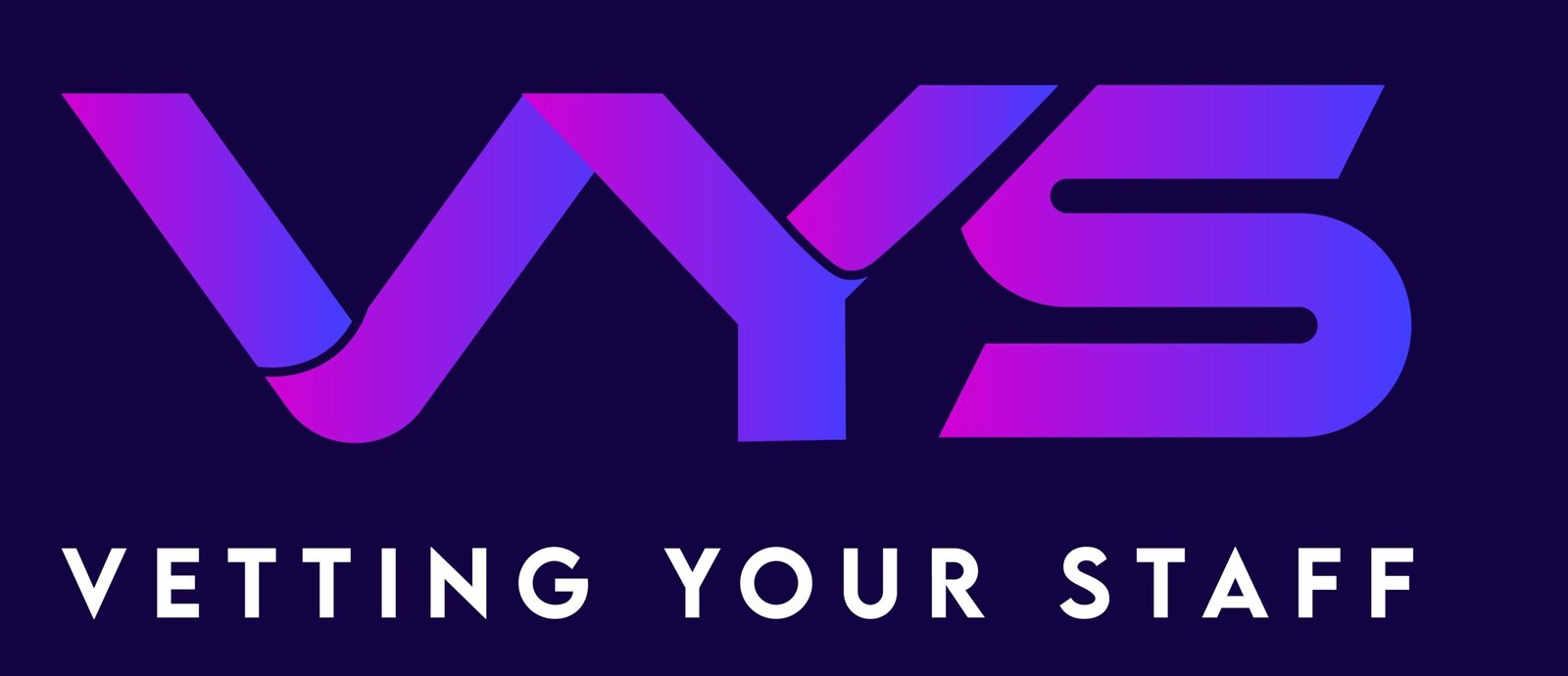Course Overview
Course Overview
BS 10800 Standard gives recommendation for the management, staffing and operating of an organization providing security services. This British Standard details the manner in which an organization manages the provision of security services at a strategic level. Its recommendations are equally applicable across the security sector.
What you’ll learn
⦁ The Organisation External and Internal Issues
⦁ Interested Parties, Determining the scope
⦁ Organizational roles, responsibilities and authorities
⦁ Planning Risk and opportunities
⦁ Selection of Security Officers and Screening
⦁ Training Counter – Terrorism Awareness Training
⦁ Induction training & Operational Training
⦁ Assignment-Specific Training & Supervisor Training
⦁ Control Room Location, Design, Constructions and Layout
⦁ Control Room Escalation procedures
⦁ Equipment and Uniforms
⦁ Records of equipment and uniforms
⦁ Resources
⦁ Documented Information
⦁ External Origin/ Updated / Archived / Employee Record
⦁ Service Suppliers of Bought-in-labour
⦁ Assignment Instructions
⦁ Site information & Duties
⦁ Annual Performance Monitoring
Requirements
- You will need a copy of Adobe XD 2019 or above. A free trial can be downloaded from Adobe.
- No previous design experience is needed.
- No previous Adobe XD skills are needed.
Curriculum
- 2 Sections
- 85 Lessons
- Lifetime
- Course85
- 1.1BS-10800
- 1.2Online Course overview
- 1.3Chapter 1
- 1.4Introduction & Scope
- 1.5Chapter 2
- 1.6External and Internal Issues
- 1.7Interested Parties
- 1.8Determining the scope
- 1.9Chapter 3
- 1.10General
- 1.11Policy
- 1.12Organizational Roles, Responsibilities and Authorities
- 1.13Chapter 4
- 1.14Risk and Opportunities
- 1.15Objectives and Planning
- 1.16Examples of Customer Questions:
- 1.17How to achieve Objectives?
- 1.18Chapter 5
- 1.19Selection of Security Officers
- 1.20Screening
- 1.21Officer Health
- 1.22Terms & Conditions of Employment
- 1.23Identification / ID Card
- 1.24Uniforms
- 1.25Chapter 6
- 1.26Training
- 1.27Induction training
- 1.28Operational training
- 1.29Assignment-Specific Training & Supervisor Training
- 1.30Supervisory training
- 1.31Other Training
- 1.32Takeovers
- 1.33Refresher Training
- 1.34Continuous Professional Development (CPD)
- 1.35Training Records
- 1.36Awareness
- 1.37Competence
- 1.38Communication
- 1.39Chapter 7
- 1.40Location
- 1.41Purpose of Control Room
- 1.42Design, Construction and Layout
- 1.43Outsourcing Control Room
- 1.44Control Room Procedures
- 1.45Control Room Procedures
- 1.46Control Room Records
- 1.47Control room staff
- 1.48Escalation Procedures
- 1.49Chapter 8
- 1.50Uniform
- 1.51Vehicles
- 1.52Other equipment
- 1.53Records of equipment and uniforms
- 1.54Chapter 9
- 1.55Premises
- 1.56Finances
- 1.57Insurance
- 1.58Chapter 10
- 1.59Documented Information
- 1.60Management of Document Information
- 1.61Record Relating to Contractual Agreement
- 1.62External Origin/ Updated / Archived / Employee Record
- 1.63Chapter 11
- 1.64Structure
- 1.65Company Information
- 1.66Pre-quotation survey
- 1.67Quotations
- 1.68Sample Quotations
- 1.69Contracts
- 1.70Site Survey
- 1.71Sample QBC. 26A SLA
- 1.72Control of Customer Property
- 1.73Suppliers of Bought-in-labour and Subcontracted Services / Use of Subcontractor
- 1.74Chapter 12
- 1.75Assignment Instructions
- 1.76Content of Assignment Instructions
- 1.77Assignment Instructions
- 1.78Chapter 13
- 1.79Site information & Duties
- 1.80Site Records
- 1.81Site visits
- 1.82Chapter 14
- 1.83Contract Performance Monitoring
- 1.84Performance Monitoring
- 1.85Annual Performance Monitoring
- Quiz1

